We were recently at the Tokyo International Film Festival where we caught a special screening of the brand new anime, A Few Moments of Cheers. The movie, directed by acclaimed music video director POPREQ, tells the story of three individuals – an amateur music video maker Kanata, his high school teacher and aspiring musician, Yu, and his classical artist friend, Daisuke – who are all struggling with their art in different ways.
The animation is gorgeous. The music is great. But mostly, A Few Moments of Cheers perfectly captures the internal conflict faced by anyone who has dedicated their lives towards artistic endeavours: the uncertainty they face on a daily basis, the imposter syndrome that constantly plagues them, the brief, fleeting moments of bold, unfettered confidence. In just 68 minutes, POPREQ manages to capture their truth, channel their voice, and provide insight into the ways creativity both feeds and hurts those who indulge in it.
We absolutely loved the movie and were thrilled that we got the chance to sit down with director POPREQ for a conversation about his debut feature.
*The following interview has been edited for length and clarity.
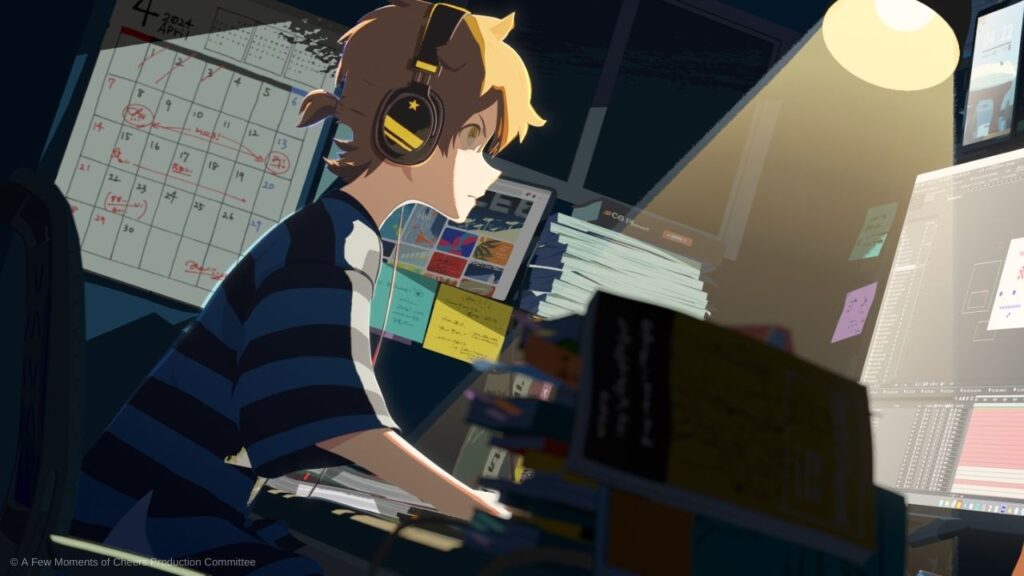
Umapagan Ampikaipakan: I wanted to start by asking you where this story came from? I’m assuming that as an artist yourself, that you too have experienced everything the three main characters in the movie have.
POPREQ: As for how I got the idea, I would say that it’s mostly my story. The characters Kanata and Yu are actually me. It’s who I am, but split in half. One half is Kanata and the other half is Yu. Kanata is the side of me that has created something, completed something, and feels a sense of achievement. He is me when I am happy and excited about the future.
And then Yu is the part of me who is working and thinking that I can be an artist on the side. Yu wants to control everything but can’t. Yu is the part of me that is insecure after discovering that there are so many creative people out in the world.
The character of Daisuke, however, is not something that is within me. Daisuke is at that stage where he doesn’t know what to do with his art. That’s not happened with me because there is always something I want to create. I don’t really understand this emotion on a personal level, but I’ve seen people like that. So he is purely a product of my imagination.
UA: With Kanata, you’ve managed to capture all of the complexities that come with being an artist. He’s incredibly passionate. There are times when he’s cripplingly insecure. There are other times when he’s super confident. Seeing that he is a part of you, I was curious if you still experience all of those emotions?
POPREQ: Yes! It is exactly how I am! All the emotions depicted by Kanata are all the emotions that I had. When I create something, at the beginning, I think, “oh, this might change the world.” And then, when it goes out into the world, it’s not that popular and it’s not getting much viewership, and I’m not getting as many compliments as I thought I would. So yeah, I had all of the sadness, and all of the happiness that Kanata did.
And one more thing I want to say. This might not be an answer to question, but I like the character of Kanata. Because that’s the way I want to keep living. I still want to get sad, and happy, and angry at even the smallest things. Kanata feels everything and I want to as well. Kanata really is more like an ideal character for me.
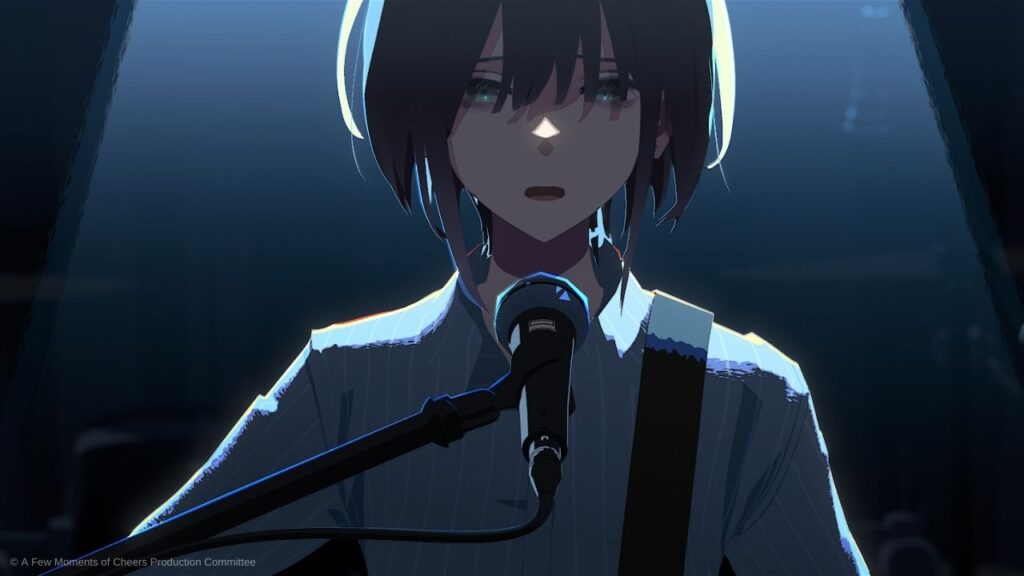
UA: Kanata wants to create things that he loves, but also things that inspire other people. I was wondering if you remembered the first thing that did that for you? Was it a book, or a piece of art, or an anime? Was it music or a movie?
POPREQ: People often ask me this and I’m afraid I don’t have an answer. Unfortunately I am not able to narrow it down to just one thing or person. But manga and video games had a huge influence on me.
UA: I’ve always felt that when a character in a movie talks about being in love with a specific piece of music, the audience has to feel it too. And I think you, VIVI, and Kei Sugawara nail it. You guys really delivered on that. Can you talk to me about what that collaboration was like?
POPREQ: VIVI is actually just a friend. He’s not a professional musician, but I knew that he was creating all of this music as a hobby. And we have a very unique process in this film. Usually, we will come up with a screenplay first, and then we will go into the production of the music for the movie. But with this one, in the middle of the screenplay, we started making the music. And so we were doing both of those things simultaneously. So it was a new process.
It was because of that process that we needed a song. Meaning that we’re working on a screenplay right now, and in two weeks, we needed a song. If we asked a famous person to collaborate with us, they may have told us that our timeline was just untenable.
And so, as a friend, I was telling VIVI about my situation and my dilemma, and he said, “Well, you know, if you give me a chance, maybe I can try to create the music?” VIVI had ambitions towards a musical career and he wasn’t able to have one. It was a very similar story to what Yu was going through in the movie. So I thought, why not I just let VIVI do all of the music. And I won’t even meddle with what he’s going to create, whether it’s the lyrics, or even the song itself.
And that’s how the music in the movie came to be.
As for the vocals, we were originally unhappy with many of the proposals we received, so VIVI and I decided to do things on our own. So we just kept listening to many, many songs on Spotify, we created a list of people we liked, and that is how we eventually landed on Kei Sugawara.
UA: Of late there have been a lot more CGI anime productions. I know in the past, the industry has been quite apprehensive about embracing CGI technology. Are they more open to it now?
POPREQ: I actually don’t know the answer to that question. I’m not sure if the industry is more open to these techniques. But personally, I just think that 2D animation is easier to watch.
In my case, instead of pure hand drawn animation, I use a combination of CGI to help me create the thing that I I have in my mind. Which is why I utilize Blender to help me in my animation process. But I do find hand drawn animation more alluring than 3D CGI, and so I really want to move towards that and be able to express myself in that way.
Even with A Few Moments of Cheers, I was trying my best to maintain the impression of hand drawn animation and reduce the CGI-ness of these images.
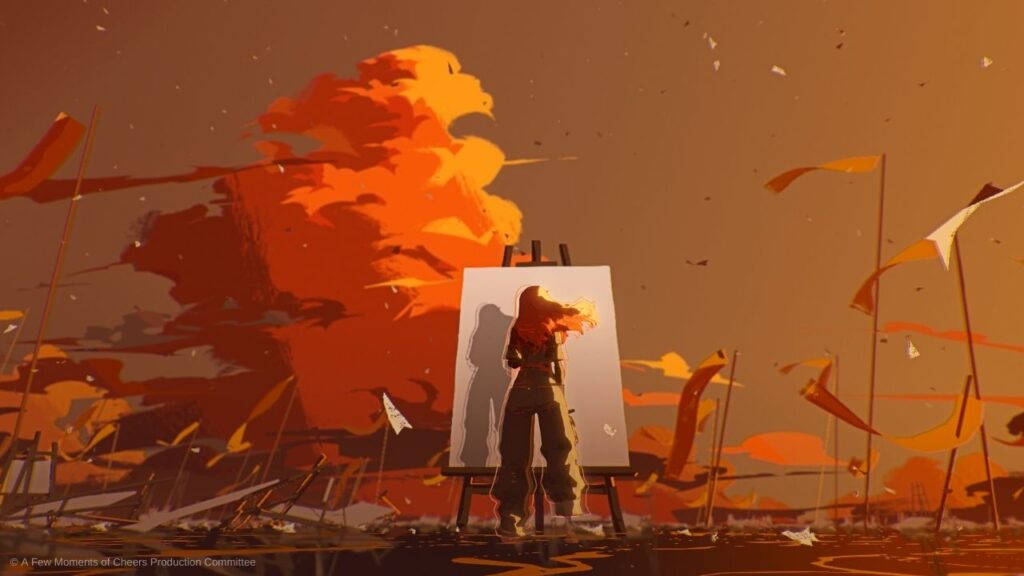
UA: So what were some of the advantages of working with Blender in creating this movie? I’m sure you could have done it all by hand, but I’m assuming it would have taken you a lot longer.
POPREQ: It’s so much easier to imagine things in your mind. But when you try and do everything by hand, it becomes very difficult. So Blender would help me do that. For example, there is a scene in the music video where a picture is being drawn and the camera movies in and around it. Now we could do that hand drawn, but it would be a humungous undertaking. It’s just a lot easier to do with Blender.
UA: Watching your movie also made me think about “the audience” for art. I think different cultures have different approaches to “supporting” art and artists. The Western world believes that criticism is the best way to push art forward. What is it like in Japan? Is it more supportive and celebratory? And do you think that’s the best way to bring out the best in artists, and directors, and filmmakers, and musicians?
POPREQ: The Japanese aren’t as critical towards artists. Over here, if you like someone, then you follow his or her work. If you don’t, then you don’t even bother. Which also means you don’t have the material by which to criticize.
I also find that in Japan, people do not criticize to improve the art, but rather to put that person in a lower position than I am in order to raise my stature. I don’t know if that’s the whole truth, but that’s how I feel.
In my case though, I just like a lot of compliments.
But seriously though, if it is good criticism then I would accept that. So that I can be better. But as you know, when a lot of people criticize artists, they don’t know the whole context, they just criticize for the sake of it.
And it’s not like I get sad about criticism. It doesn’t work like that. It’s more like, “okay, this person has something negative to say about my work, so maybe the intent of my work hasn’t been properly communicated to him or her.” Maybe if that person understood all of the aspects of my work, they might see it differently.
Let me give you an example. Someone said that they didn’t like this movie because the protagonist is a boy. Which took me by surprise. But then I thought, “okay, maybe it was just the journey in life that person was in.” Maybe if he had seen this movie at a different stage in his life he would have taken a different meaning from it.

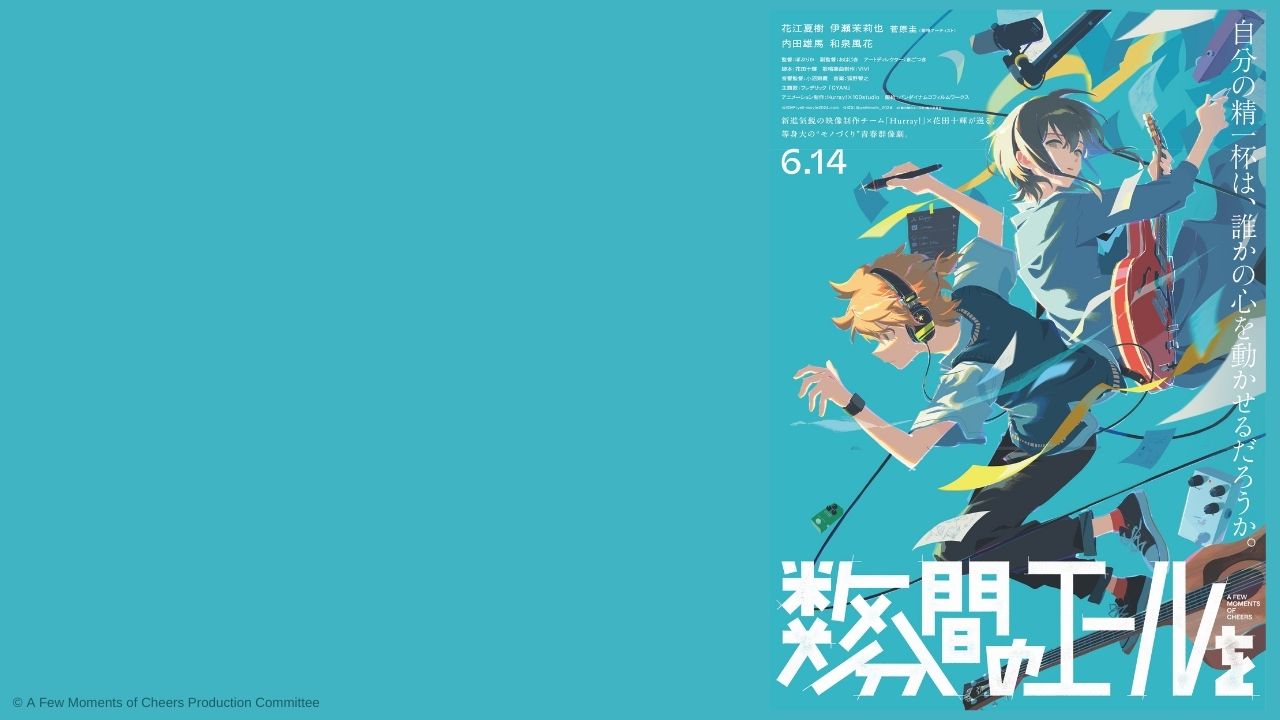




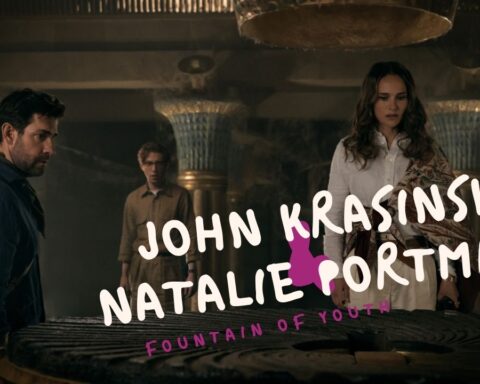
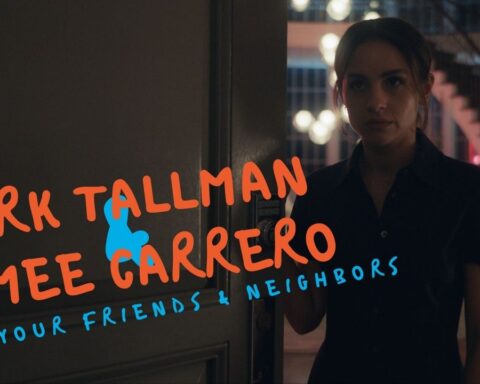

Follow Us